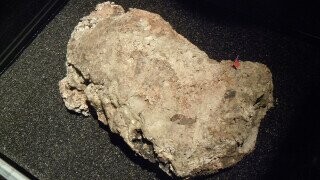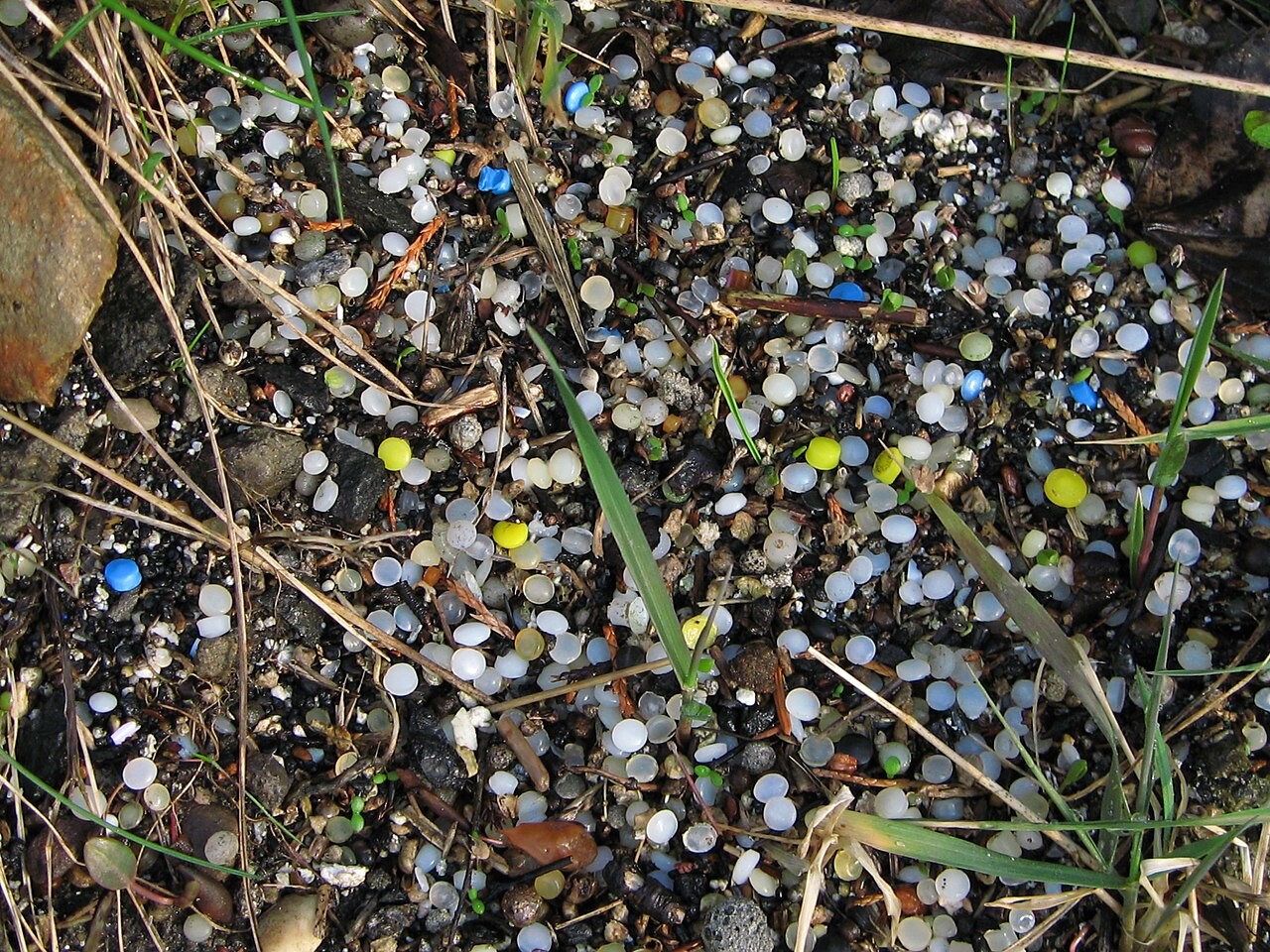4 Disgusting Byproducts of Human Consumption That Would Kill Captain Planet

If you’re referring to a substance as “waste,” it’s probably not something you love looking at. It’s a category that strongly suggests you’re going to want some gloves before handling the contents. It’s also a fair bet that if your job has “waste” in the title, you probably need a couple more showers than, say, a graphic designer. These jobs are more than necessary, though, because if there’s one thing that humans are the unimpeachable champions of the world at, it’s producing an incredible amount of waste, whether it’s out our car window or down our sink disposal.
Our talent with waste production, in fact, has started to form new, impressive kinds of waste that would make the garbage men of yesteryear cross their hearts and pray for salvation. By producing so many types of waste, we’ve created new, disgusting, usually stinky chimeras that seem like the boss of a video game’s sewer area. Horrible, inanimate rat-king style amalgamations that are impressive in their sheer pollution power.
Don't Miss
Here are four of the grossest modern types of waste we’ve accidentally brought to life…
Fatbergs

It might sound like a 1990s Comedy Central show that aged particularly poorly, but “fatbergs” are real, they’re probably floating around somewhere under your feet if you live in a major metropolitan area and seeing one in its natural habitat would have you blasting your morning bagel backwards into the nearest trash can. In some cases, fat can be fantastic — in a well-marbled piece of beef, crisping up French fries, melted on top of a hot stack of pancakes, etc. — but fat that’s been poured down the drain and collected around sewer waste like wet wipes, tampons and condoms does not whet the appetite in the same way.
Wet wipes in particular seem to be a perfect building block for these massive clumps of congealed fat and debris, and when I say massive, that’s not hyperbole. A fatberg in Whitechapel, London weighed in at 130 metric tons, or roughly 286,000 pounds, enough to likely make even famous Whitechapel resident Jack the Ripper utter a quiet “ew.” Another, in Baltimore, spanned most of a city block underground, and one in Detroit was 6 feet tall and 100 feet long. And in case you were wondering, yes, they do smell awful, apparently enough to make experienced sewer workers gag. So chill with the wet wipes, you big, delicate-assed babies.
Nurdles

Sri Lanka’s worst maritime disaster, as classified by the United Nations, included a massive spill of a material you probably wouldn’t be able to guess even with a couple tries: a devilish little type of debris known as “nurdles.” There are certain things that are pretty clearly no bueno in old Big Blue, like oil or toxic chemicals. Nurdles don’t get the same attention, or any of the same regulations that cover oil or toxic chemicals, but can still devastate an oceanic environment. So what are the adorably named nurdles that are wrecking seascapes?
Nurdles are the tiny pellets that are used in the production of plastic. Each is tiny, and as you might imagine, they get transported by the billions. These little plastic nightmares can stick around for decades, floating around, being eaten by fish and wildlife and washing up on shores for miles. The other concern is that although you might think there’d be concern of them spreading their own chemicals into the water, it’s a weird reversal that’s true: Nurdles turn out to be the perfect material for toxins in the water to attach themselves to, turning into minuscule poison pellets that fish and other marine life gulp down by the dozens.
Great Pacific Garbage Patch

Human-made islands are absolutely a thing that have existed deep into the past and might offer solutions in the future. However, you usually want your human-made islands to follow two cardinal rules. First, you want to create them on purpose, and second, you don’t want them to be absolutely, horrifically disgusting. The Great Pacific Garbage Patch fails on both counts. To be accurate, calling it an island of any sort is inaccurate, even though most people might imagine it as a sort of massive floating clump of plastic. The reality is grosser, as it’s described, in a phrase that may have ruined ramen for me forever, as a “soup of microplastics.”
Maybe the most messed-up part is we didn’t even know it was there until 1997, when a man named Charles Moore happened upon it while sailing through a random, remote area of the Pacific Ocean, and despite garnering enough attention to win L.A. Times reporters a Pulitzer, things aren’t looking particularly sunny out there. The sun is actually a big part of the problem, as it continues to degrade the plastic in question and produce incredible amounts of microplastics.
To top it all off, in 2017 the nonprofit foundation Ocean Cleanup found that not only was the plastic pollution denser than expected, it’s chock-full of toxic pollutants. Not ideal.
High-Level Nuclear Waste

Foresight and pollution are mortal enemies. It can feel like half the things we’re trying to clean up in order to keep our great-great-grandkids from fighting in a coliseum for clean water are thanks to a couple happy-go-lucky assholes from the past who didn’t know or care about the effects of some cool new manufacturing process. One type of trash we’ve queued up for plenty of future generations to worry about is high-level nuclear waste, which comes from reactors and weapon research. If we’re going by pure quantity, there’s worse offenders out there, but there’s a bigger problem: We have no idea how to get rid of it.
Professor Travis P. Wagner of the University of Southern Maine laid out for Gizmodo just how long we’re stuck with this stuff. As mentioned, there is no way to clean or treat it, so all anyone’s able to do is store it safely and wait for it to break down on its own — which can take thousands of years. As of 2019, when the interview was conducted, there were around 90,000 metric tons of high-level nuclear waste just sitting around the United States. In EPA-approved storage spaces, sure, but still. I hope in another 2,000 years, everyone’s not too busy with their flying cars and space basketball to remember to keep an eye on all that nuclear waste we hid around the country for safekeeping.